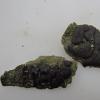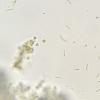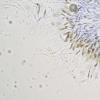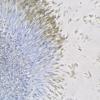
20-12-2025 23:08
Patrice TANCHAUDBonsoir, récolte sur sol sablonneux dans l'arri�

21-12-2025 09:32
Hello.A tiny ascomycete found embedded in wood in

20-12-2025 15:47
Mirek GrycHi.These grew on pine wood that was heavily covere

18-12-2025 21:17
Pol DebaenstThe identification took me to Byssonectria deformi

15-12-2025 07:09
 Danny Newman
Danny Newman
indet. Rutstroemiaceae sp. on unk. fallen leavesMc

19-12-2025 10:10
Patrice TANCHAUDBonjour, récolte réalisée en milieu dunaire, a

18-12-2025 17:23
 Bruno Coué
Bruno Coué
Bonjour,je serais heureux d'avoir votre avis sur c
Eutypa or Diatrype sp on Salix
Watt John,
05-09-2017 12:27
Some texts disagree on presence of paraphyses in some of these species.
I had a look at the Salix associated species on this website but didn't seem to be one of those.
Not even quite sure whether it be Eutypa or Diatrype though it does look like Diatrype bullata, but for the paraphyses.
I do understand there is some fluidity amongst the taxonomy of this group.
John Watt
Ormskirk,
England




